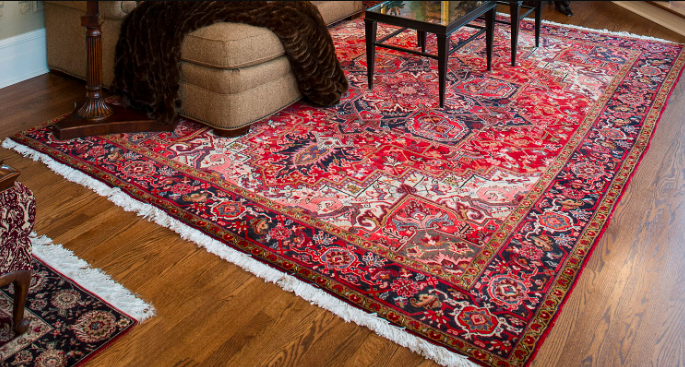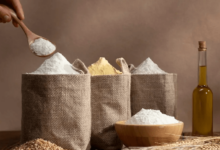What Are Oriental Rugs? A Complete Guide

Oriental rugs are cherished possessions in many households, known for their intricate designs, vibrant colors, and rich history. But what exactly are Oriental rugs, and what makes them so special? In this comprehensive guide, we’ll delve into the origins, characteristics, and care tips for these exquisite pieces, ensuring they remain a treasured part of your home for years to come. For professional oriental rug cleaning services, it’s essential to choose experts who understand the delicate nature of these beautiful rugs.
The Origins of Oriental Rugs
Oriental rugs hail from the Eastern world, specifically regions like Persia (modern-day Iran), China, India, Turkey, and various Central Asian countries. These rugs have been crafted for centuries, often by skilled artisans who pass their techniques down through generations. The term “Oriental” encompasses a variety of styles and weaving traditions, each with its own unique characteristics.
Persian Rugs
Persian rugs are perhaps the most well-known type of Oriental rug. They are renowned for their detailed designs, often featuring floral patterns, medallions, and intricate borders. Persian rugs come in various styles, including the Tabriz, Kashan, and Isfahan, each with distinctive motifs and color schemes.
Turkish Rugs
Turkish rugs, also known as Anatolian rugs, are known for their geometric patterns and rich colors. These rugs often incorporate symbols and motifs that have cultural significance, such as stars, flowers, and tribal emblems. Turkish rugs are usually made from wool, which provides durability and a soft texture.
Characteristics of Oriental Rugs
Oriental rugs are typically hand-knotted, which distinguishes them from machine-made rugs. The knotting process is labor-intensive and requires a high level of skill. The density of knots per square inch is a key factor in determining the quality of an Oriental rug; more knots usually mean a finer and more durable rug.
The materials used in Oriental rugs can vary. Wool is the most common, valued for its durability and resilience. Silk is another material often used, especially in high-end Persian rugs, giving them a luxurious sheen and intricate detail. Cotton is usually used for the foundation, providing strength and stability to the rug.
Caring for Your Oriental Rug
Proper care is essential to maintain the beauty and longevity of your Oriental rug. Here are some tips:
- Regular Vacuuming: Vacuum your rug regularly to remove dust and dirt. Be gentle to avoid damaging the fibers.
- Avoid Sunlight: Prolonged exposure to direct sunlight can fade the colors of your rug. Use curtains or blinds to protect it from UV rays.
- Rotate Your Rug: Rotate your rug every few months to ensure even wear and prevent uneven fading.
- Professional Cleaning: For deep cleaning, it’s crucial to seek oriental rug cleaning services. Experts can safely remove stains and deep-seated dirt without harming the delicate fibers.
Conclusion
Oriental rugs are more than just floor coverings; they are works of art that bring elegance and cultural heritage into your home. Understanding their origins, characteristics, and proper care will help you appreciate these beautiful pieces even more. Remember, for maintaining the pristine condition of your Oriental rugs, professional cleaning is highly recommended. With the right care, your Oriental rug can remain a stunning focal point in your home for generations to come.








